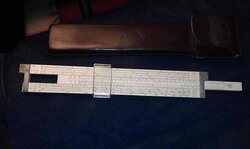I am trying to remember from high school science. If I have wood that burns at, we'll say 28,000 BTU and add another piece that burns at 10,000 BTU I will still only have a total of 28,000 BTUs. OR if you add another piece at 28,000 BTU you will still only have 28,000 BTU. If I remember correctly if you add = or less than energy you will not increase the amount of energy.
It's been a long time since HS science and doing what I do now, I never use this stuff.
fv
It's been a long time since HS science and doing what I do now, I never use this stuff.
fv


 . ( big bang tv show)
. ( big bang tv show)
